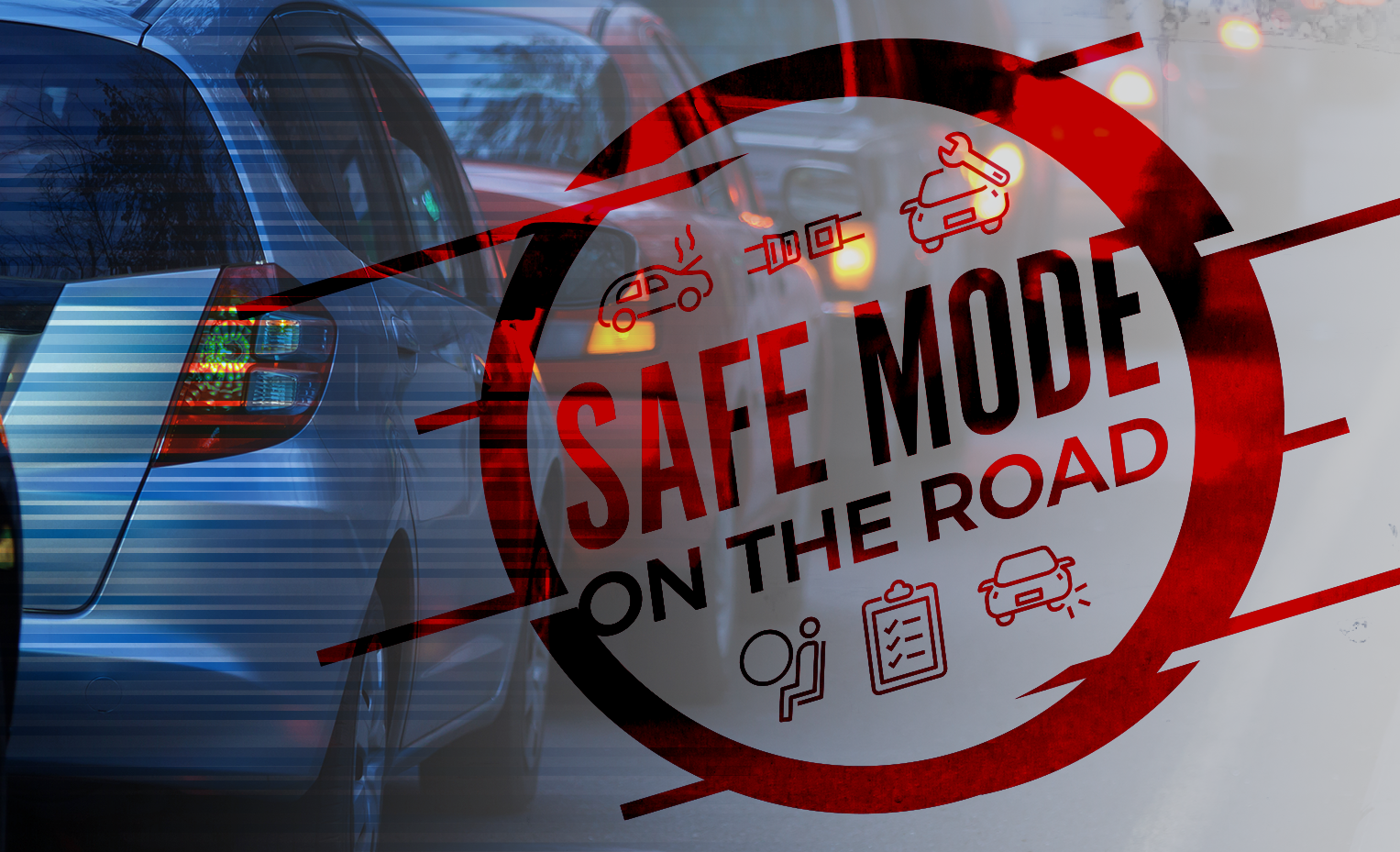How to Be a Defensive Driver

How to Be a Defensive Driver

You’ve surely heard the term “defensive driver” before, but do you know what it means? And more importantly, do you practice any defensive driving techniques when you’re on the road?
Whether you are testing your knowledge or learning for the first time, here are some defensive driving tactics that will help you be a safer driver:
1. Be Prepared
The best way to avoid an accident, or at least lessen the damage from an accident, is to be prepared. Always take into consideration the road conditions and speed limit for the roads you are traveling. Be aware of your surroundings, perform regular mirror checks, keep your hands on the wheel and the tires inside your lane.
Being aware of your surroundings is half the battle. In many cases, avoiding an accident is as easy as avoiding another driver causing an accident. So awareness and preparedness to navigate your surroundings is key.
2. Stay Focused
Distracted driving is one of the leading causes of accidents. Whether it’s by other passengers or our phones, there are plenty of opportunities to break focus when behind the wheel. It’s your responsibility to maintain focus on your vehicle and the road in front of you.
3. Be Aware of Your Surroundings
It sounds like it could fit in either of the first two points, but it bears repeating anyway. The more aware you are of the road ahead and other drivers around you, thel better prepared you will be to react if necessary.
For example, if you have a green light, don’t assume the cross traffic at the red light will stop. You never know when someone might be distracted themselves and run right through it. So, it’s important to be aware of your surroundings at all times.
4. Predict Your Risk
As mentioned in the previous example, try to anticipate a problem before it becomes one. If you are coming to a green light, and you see a car approaching the red light at a high rate of speed, anticipate them not stopping in time. A similar situation might occur if you are in the back of a line stopped in traffic. Keep an eye on the approaching traffic in your rear view to monitor traffic, just in case they don’t see the stoppage in time.
In which case…
5. Have an Escape Route
It’s understood that in these scenarios, you don’t have much time to act. But, the better you can anticipate a problem, the better prepared you will be to react in the event it happens. So plan an escape route. If a car comes speeding through a red light, look for a clear path to safely get out of the way and stop. If you approach a stopped vehicle, keep an eye for a lane to quickly and safely merge to so you have ample space to slow down. The more steps you follow from the jump, the easier this tactic will be.
6. The 3 Second Rule
No, it’s not how long you can safely eat food that’s been dropped on the floor. The 3 second rule is a good rule of thumb for a safe distance to put between yourself and the vehicle in front of you. When you see the vehicle cross a certain boundary (light a mile marker sign or utility pole), count the seconds it takes you to cross the same boundary behind them. It should always be at least 3 seconds.
Speed and driving conditions will also play a factor. You would certainly want to allow more space when driving at a higher rate of speed or in less than ideal conditions, such as at night or while driving in the rain.
7. Don’t Depend on Other Drivers
Don’t assume another driver’s action in a sticky situation. The only thing you can control is the vehicle in your hands, so do the best you can to limit your risk in any given scenario. Relying on another driver, no matter how much at fault they may be, is a dangerous gamble. So any action you can take to avoid an accident, just take it.
This includes watching out for errant drivers. If you see someone driving dangerously on the road, don’t approach them or assume they noticed. Keep your distance, and if you suspect a problem, alert the authorities if necessary.
8. Remember the Rules of the Road
Remember, your first line of defense is going to be following the rules of the road. The more cautious and conscientious of a driver you are on a regular basis, the more prepared you will be to navigate a dangerous situation. Go the speed limit. Use your turn signals. Follow traffic signs.
When you practice safe driving, paired with the suggestions mentioned above, you’ll be better suited to lessen the damage should an accident occur. And remember, if you do find yourself in this unfortunate circumstance, choose the body shop the manufacturers recommend.
